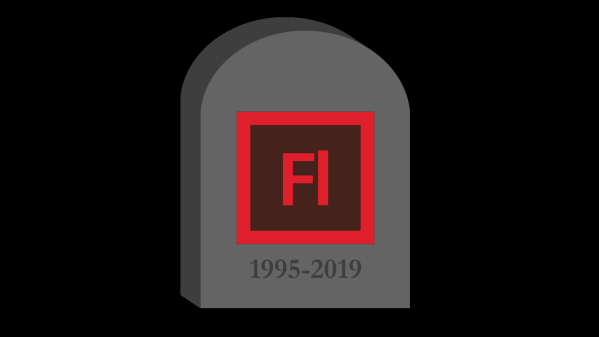This project is a few years old, but it might be appropriate to cover it late since [richardg867]’s Wayback Proxy is, quite literally, timeless.
It does, more-or-less, what it says as on the tin: it is an HTTP proxy that retrieves pages from the Internet Archive’s Wayback Machine, or the Oocities archive of old Geocities sites. (Remember Geocities?) It is meant to sit on a Raspberry Pi or similar SBC between you and the modern internet. A line in a config file lets you specify the exact date. We found this via YouTube in a video by [The Science Elf] (embedded below, for those of you who don’t despise YouTube) in which he attaches a small screen and dial to his Pi to create what he calls the “Internet Time Machine” using the Wayback Proxy. (Sadly [The Science Elf] did not see fit to share his work, but it would not be difficult to recreate the python script that edits config.json.)
What’s the point? Well, if you have a retro-computer from the late 90s or early 2000s, you’re missing out a key part of the vintage experience without access to the vintage internet. This was the era when desktops were being advertised as made to get you “Online”. Using Wayback Proxy lets you relive those halcyon days– or live them for the first time, for the younger set. At least relive those of which parts of the old internet which could be Archived, which sadly isn’t everything. Still, for a nostalgia trip, or a living history exhibit to show the kids? It sounds delightful.
Of course it is possible to hit up the modern web on a retro PC (or on a Mac Plus). As long as you’re not caught up in an internet outage, as this author recently was.
Continue reading “Wayback Proxy Lets Your Browser Party Like It’s 1999”














